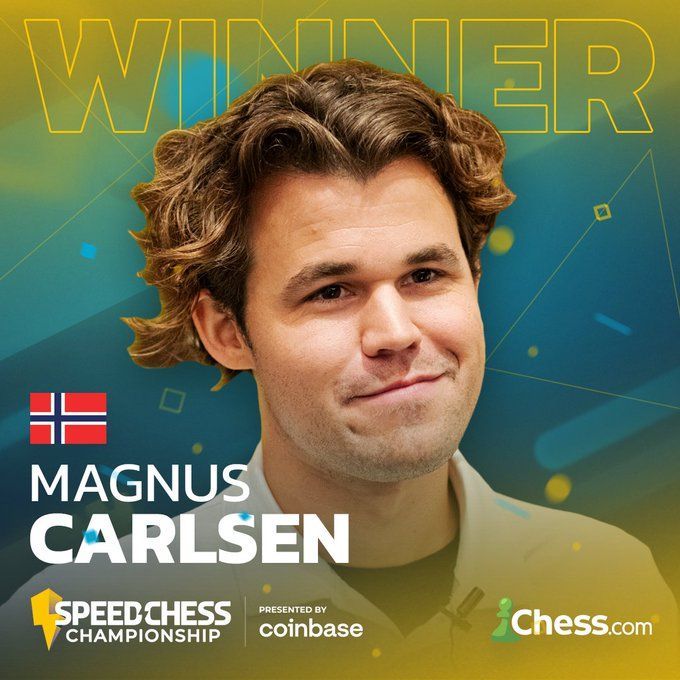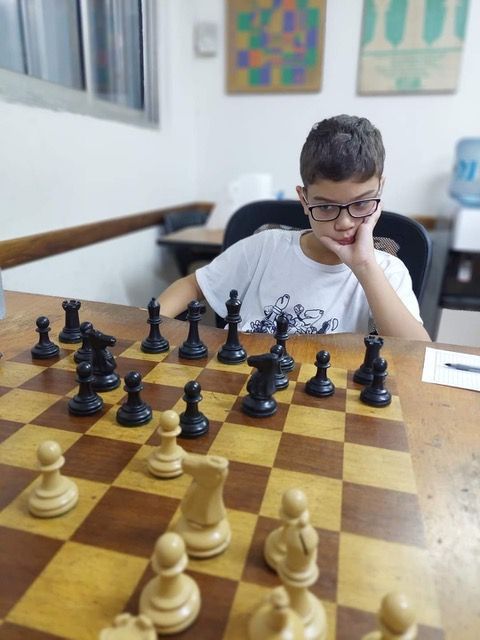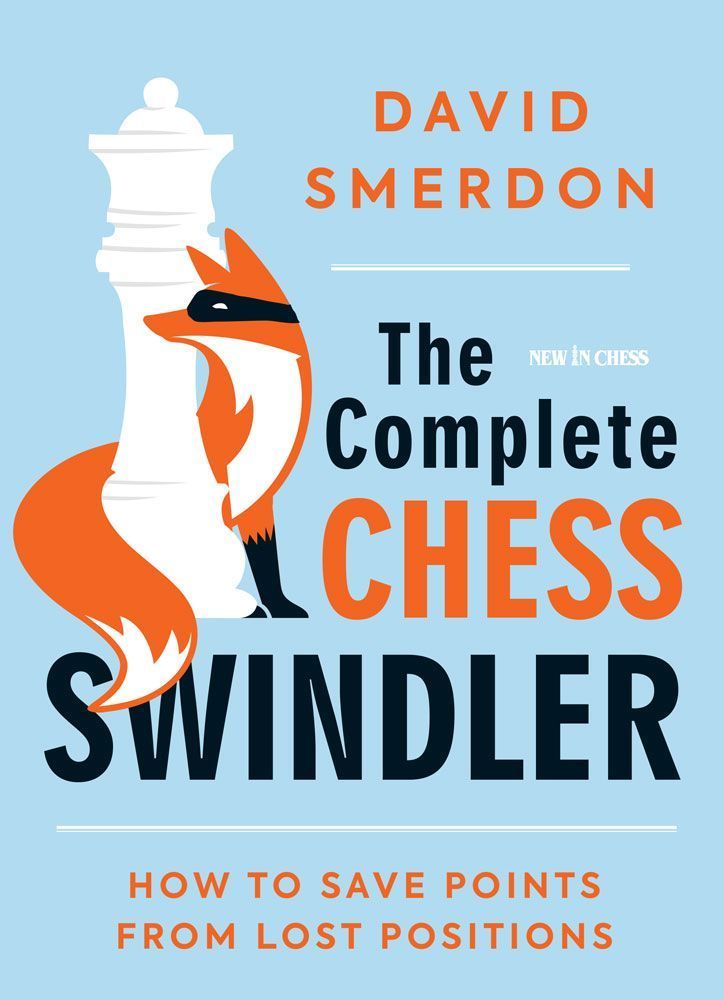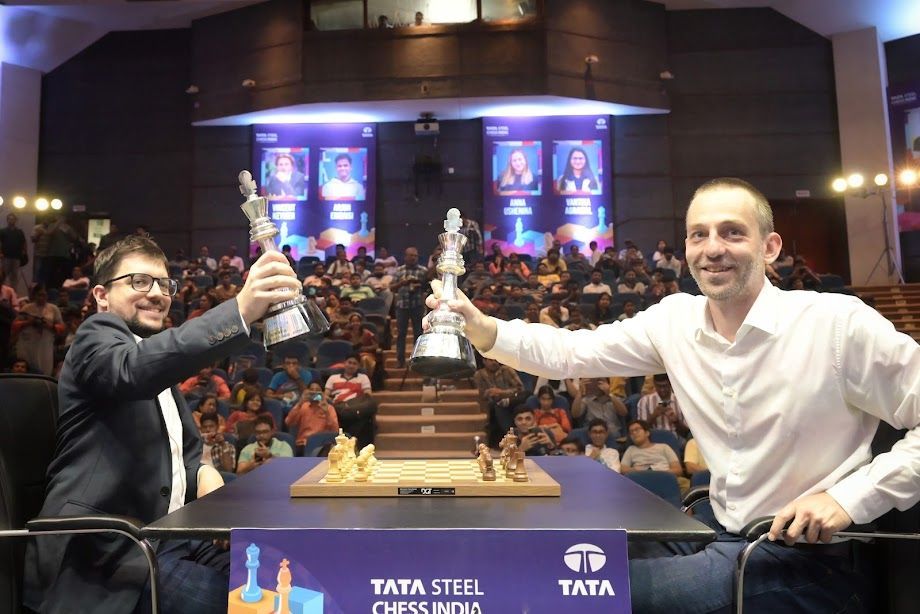Ta-ta, Tata!
As we conclude our final report on the 85th Tata Steel Masters with a fond au revoir, we can at least console ourselves that this historic super-tournament is now one of the few remaining Chessic constants and the countdown has started with now "just" 342 days to the 86th edition that will once again take place in Wijk aan Zee, the Netherlands, running 12-28 January 2024.
So what is it that makes the first major of the year so special, not only for the players, but also the fans? On a technical level, it is always impeccably run by Jeroen van den Berg and his very experienced organising team, with excellent playing conditions inside the hallowed 'De Moriaan' playing venue.
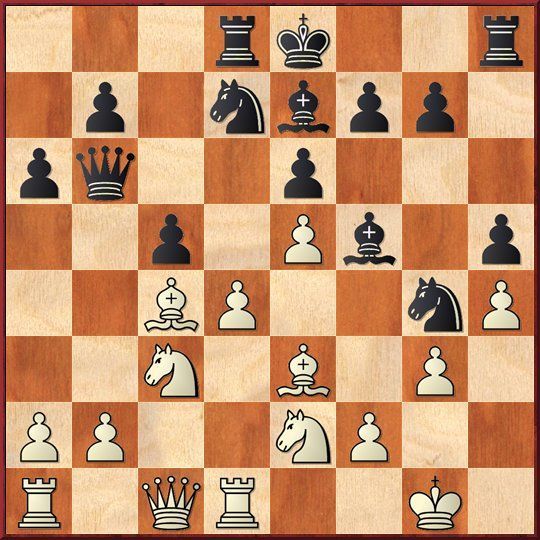
That helps, but the truth more often than not can be found in the camaraderie of it not being just one single super-tournament, but rather a whole raft of subsidiary events, going right down to sections for club players and juniors - and this more than anything creates a genuine buzz all under the one roof.
After all, there’s very few venues where wannabe teenage world title aspirants, grandmasters, amateurs and chess enthusiasts from all around the world can play in the same playing hall as Magnus Carlsen & Co. And while all eyes are rightly firmly fixed on the Tata Steel Masters, there’s also a Challengers and ‘C’ tournament that have traditionally become a showcase for tomorrow’s stars.
That's because this is an event built on a true egalitarian spirit, with each winner qualifying for promotion to the higher section the following year - the most famous to have risen through the ranks is unquestionably Carlsen, who shot to overnight back fame in 2004 by winning the ‘C’ tournament. The rest is history, as they say.
The Challengers has an added cache therefore, as it comes with the hottest ticket on the elite circuit, with a coveted seat for the winner into the next year’s Masters - and this is what makes it a formidable event in its own right, with the battle to take the title being very keenly-contested, leading to many interesting games, and invariably the race going down to the wire of a nervous final round.
As ever, play was extremely fierce throughout, but this year there was a runaway winner in Alexander Donchenko of Germany. Despite Donchenko trailing in the first half, he rallied with an astonishing winning streak - that also included a remarkable 5.5/6 with the black pieces! - going down the home stretch to secure total victory with a round to spare and a final tally of 10/13, a full point clear of nearest rival Mustafa Yilmaz.
IM Thomas Beerdsen - GM Alexander Donchenko
Tata Steel Challengers, (12)
Caro-Kann Defence, Advance variation
1.e4 c6 Every time I see a Caro-Kann on the board, I am reminded of the great Bent Larsen’s words of wisdom to a promising pre-teen who played it religiously: “If you play the Caro-Kann when you’re young, what are you going to play when you’re older?” 2.d4 d5 3.e5 The Advance variation is a byword for double-edged play on both sides; a variation that - very fittingly - came to fame with the rise of Mikhail Tal. 3...Bf5 4.h4 h5 5.c4 e6 6.Nc3 dxc4 7.Bxc4 Nd7 8.Nge2 Be7 9.g3 A long-time devotee of the Advance is leading English GM Michael Adams, who usually prefers here 9.Ng3 though after 9...Bg6 10.Nge4 Nh6 11.Bxh6 Rxh6 White has next to nothing but did go on to grind out a win in Adams - Keymer, Karlsruhe 2020. 9...Nh6 10.Bf4 The usual preference in the Advance is Bg5, but as the bishop can't go to g5, the options now are few and far between.10...Qb6 And also a common Advance motif when the dark-squared bishop moves. 11.0-0 Rd8 12.Qc1 Rightly getting off the problematic d-file before Black can hit in the centre with ...c5 - not that this stops Donchenko in the game! 12...a6 It is far too early now for 12...c5? with 13.d5! busting the game open to White's big advantage. 13.Be3? With the natural intentions of stopping ...c5 - but this is a blunder that only encourages it to be played! More sensible was 13.Bb3 Ng4 (If 13...c5 and again 14.d5 is good for White.) 14.Bg5 but Black has some enterprising play with 14...Bxg5 15.Qxg5 0-0!? 16.Qxh5 Nh6 17.Qf3 c5 and excellent counterplay. 13...c5! It was probably only about now that the young Dutch IM would have been seeing the error of his ways, by thinking he'd prevented the very move that has now been played! The remarkable thing, though, is just how quickly White's position now implodes. 14.Rd1 White is well and truly up the proverbial creek without the proverbial paddle. If 14.dxc5 Bxc5 15.Bxc5 (Alas 15.Na4? runs into 15...Bxe3!) 15...Qxc5 and Black will easily pick-off the e5 pawn. And also no use is 14.d5? Nxe5! with a material and big positional advantage. And you know it is bad when even the engine is beginning to suggest supine alternatives such as 14.b3. 14...Ng4! [see diagram] All the tactics are now winning for Black - if only all Caro-Kann's were as easy as this! 15.Bb3 Again the engine was waving the white flag with the suggestion of 15.b3. 15...0-0 16.dxc5 Bxc5 17.Na4 What else is there? If 17.Bxc5 Nxc5 18.Bc2 Nd3! hits like a thunderbolt with a multi-piece mating attack on f2. 17...Bxe3 18.Nxb6 Bxc1 19.Nxd7 Bxb2! 20.Nxf8 Rxf8 21.Nd4 Bg6 Played with what I can only imagine was a serene sense of calmness, knowing that Black is going to win back the sacrificed material - and then some! 22.Rac1 White can't even salvage something from the wreckage, as he's about to be hit by a game-winning knight fork on f3. 22...Nxe5! 0-1



